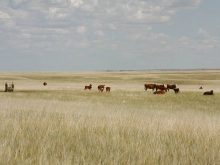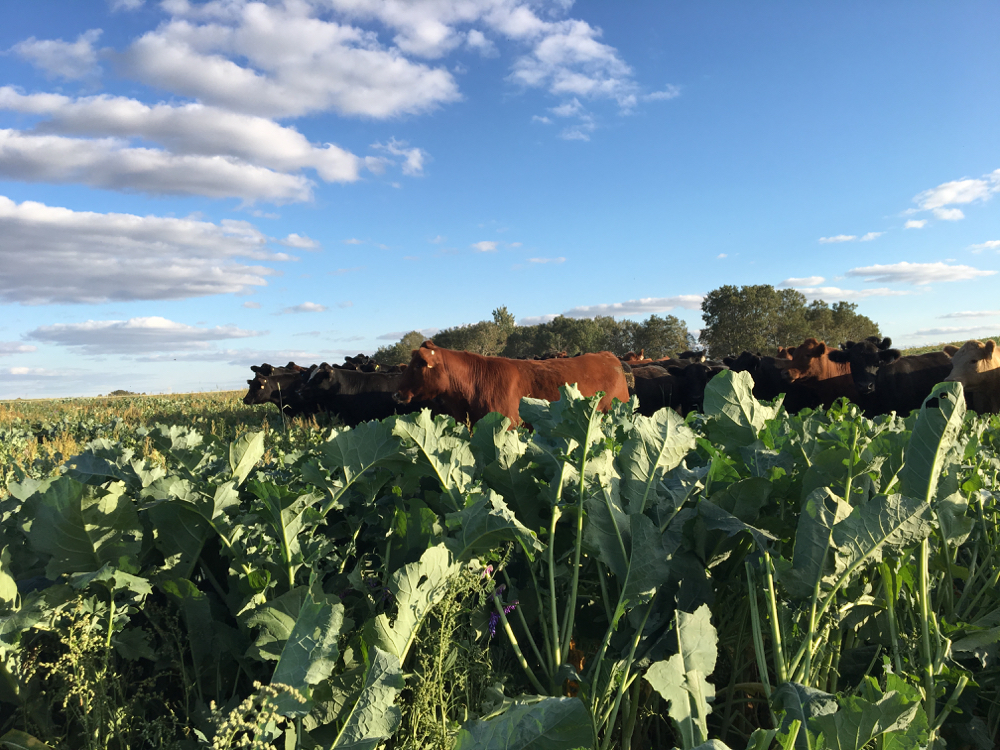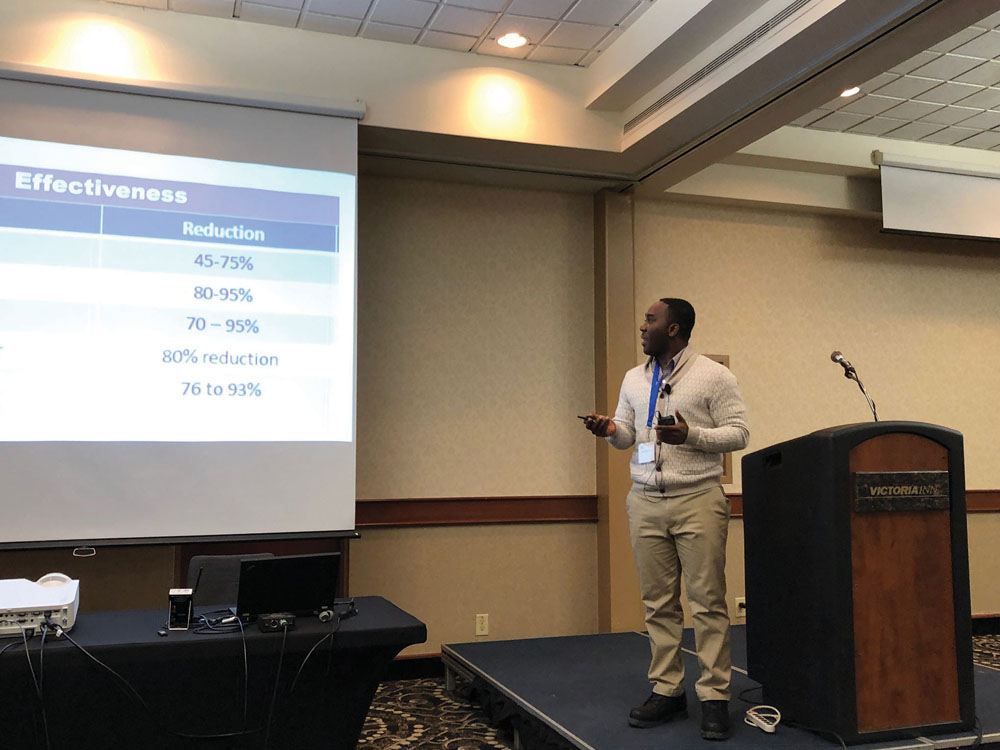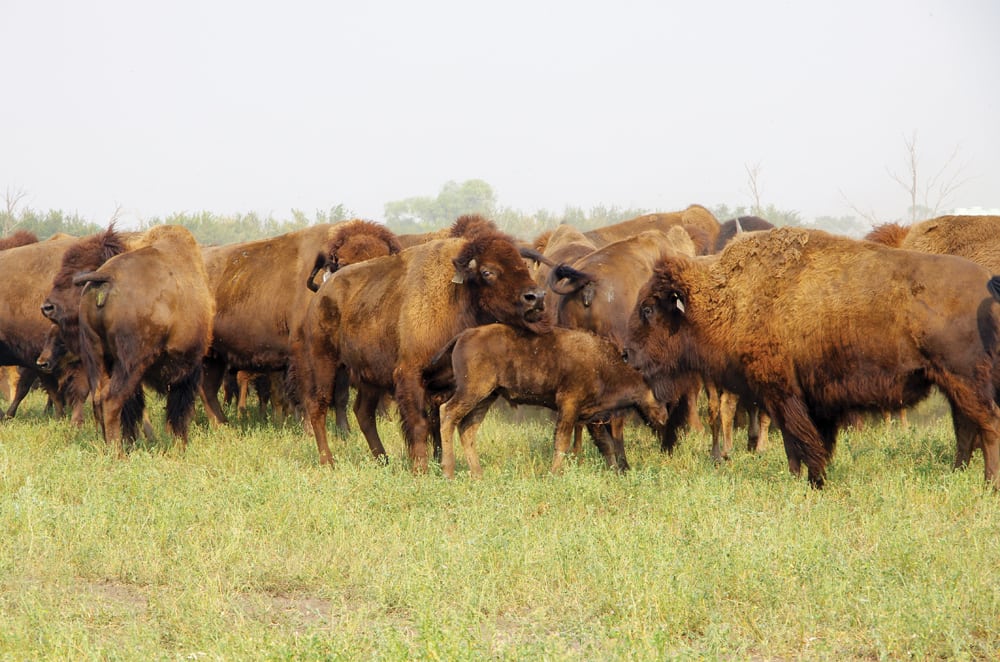Sustainability may be the new buzzword in agribusiness, but it’s not a simple subject. Dairy Farmers of Canada guest panellists provided delegates to the annual conference held in Winnipeg July 12 and 13 with three perspectives on sustainability.
According to Petra Kassun- Mutch, founder of Fifth Town Artisan Cheese Company in Ontario, sustainability isn’t just about adopt ing new farming practices or recycling waste and building materials. “The enterprise has to be sustainable, not just its practices,” she said.
Kassun-Mutch says practicality is an important ingredient in business as well.
Read Also

Pig transport stress costs pork sector
Popular livestock trailer designs also increase pig stress during transportation, hitting at meat quality, animal welfare and farm profit, Agriculture and Agri-Food Canada researcher says
The bio wetland at Fifth Town Artisan Cheese is a testament to Kassun-Mutch’s determinat ion to sustain the environment. The system consists of three filtering ponds for whey and waste water created in the cheese-making process. By the time the effluent exits the third filtering pond it’s reusable. Tests are conducted regularly to determine the quality of the filtered water. Kassun-Mutch said the bio wetland with its mix of cattails, flowers and grasses means her company isn’t using killer chemicals like ammonia in the water purification process.
Washing uniforms on site, saves transportation emissions and ensures only green detergents are used. Composting provides fertilizer for pastures on any one of the 66 goat farms and the single cow farm that provide milk to Fifth Town Artisan Cheese.
Guests to the dairy, the only dairy and manufacturing facility in Canada with a Platinum LEED designation (Leadership in Energy and Environmental Design Green Building Rating System), are supplied with booties to cover their footwear to ensure no contaminants are walked into the building.
CHALLENGE
Kassun-Mutch admits achieving this level of environmental sustainability while maintaining the economic sustainability of the business can be a challenge. The heating and cooling system at the dairy is a good example of how business needs can usurp even the best environmental plan.
Kassun-Mutch says the Fifth Town Artisan Cheese Company is heated and cooled by a geothermal system. When it became evident that the geothermal system alone couldn’t provide the strict temperature reliability required in the underground cheese storage cellars, a propane backup system was installed.
Combining the systems ensured Fifth Town maintained the quality of its product and its profitability without sacrificing the coveted Platinum LEED rating.
Large processors face the same dilemmas.
Martin Scuccimarri, director of corporate sustainability for Saputo, Canada’s largest dairy processor, says the company is always balancing its responsibility to sustain corporate profitability for shareholders with its ethical responsibility to reduce carbon emissions using sustainable processing initiatives.
Saputo finds its production practices, including those of the dairy farmers who supply them with industrial milk, are scrutinized by corporate buyers like WalMart and McDonald’s. Scuccimarri says the two retail giants use at least two types of assessments to rate suppliers’ ecological sustainability efforts. One is an environmental impact analysis; the other is a life cycle inventory.
According to Scuccimarri both assessment tools are used to quantify a company’s carbon emissions, measure energy and water use, and monitor waste production. If Saputo wants to continue to keep its dairy and grocery products on the shelves and in the kitchens of these retailers it must comply with the environmental standards they dictate.
Sucuccimarri says production of one litre of milk uses close to 1,000 litres of water and produces one kilogram of carbon dioxide emissions. Because carbon labelling on grocery packaging is just around the corner, he says Saputo is putting its resources into tracking emissions from producer to finished product.
“We can only manage what we can measure,” Scuccimarri says, adding management of the carbon footprint will be crucial to the sustainability of the company’s success.
The businesses that sustain the processors, Canadian dairy farms, have their own sustainability concerns.
REDUCING ENERGY CONSUMPTION
Jeff Nonay, of Lakeside Dairy Ltd. near Legal, Alberta says sustainability on the farm means reducing energy consumption and optimizing production.
Nonay farms 2,500 acres of grain and potatoes and runs a 180-cow dairy herd.
This year, using advice from his agronomist and $50,000 from a Growing Forward cost-sharing program for new barn construction, Nonay’s new barn features innovative ways of sustaining a comfortable environment for his animals. His recycling and composting system is keeping production costs under control and increasing soil fertility in his fields. He’s accomplishing all of this through innovative ideas and new technology.
Nonay’s barn will be ventilated by movable panels, controlled by wind direction sensors, to allow fresh air to flow into the barn and energy-efficient exhaust fans to draw stale air out.
Piles of new gypsum board or new drywall scraps, 1,000 tonnes a year, are piled up on Nonay’s property free of charge by builders. Nonay says he mixes some of the crushed gypsum into stall bedding material to reduce odour and slow the release of methane gas from the cow manure.
The rest, along with manure from his farm and chicken manure from his neighbour’s, goes into his composting area, where it’s mixed with a commercial mixer six times during the three summer months producing 4,000 tonnes of compost material. Nonay says by the end of summer all of his stalls are clean and so are his neighbours’.
Nonay says the sulphur and calcium in the gypsum are two macro-nutrients crops need. He notes when gypsum is mixed into the stall bedding his measurements show the manure slurry has 20 to 25 per cent more nitrogen than when gypsum isn’t used.
There’s really no capital investment in compost ing with gypsum, Nonay says. “A small producer can use this method as well, subject to local composting regulations,” he adds.


















